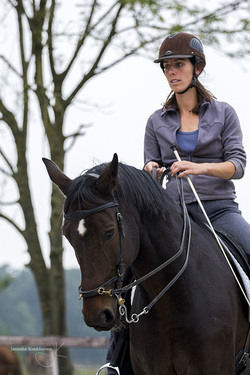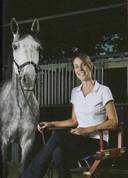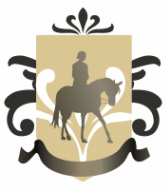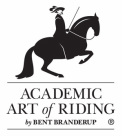Gedurende 2014 schrijf ik een serie artikelen over de Academische Rijkunst in de Vrijruiter. Deel 1 verscheen in februari en geeft aan wat voor mij AR precies inhoudt. In deel 2, die deze maand verschenen is, leg ik een aantal aspecten van de correcte biomechanica van een rijpaard uit. Veel leesplezier!
| vrfeb2014ylvie.pdf |
| vrapril2014ylviedeel2.pdf |




 RSS Feed
RSS Feed